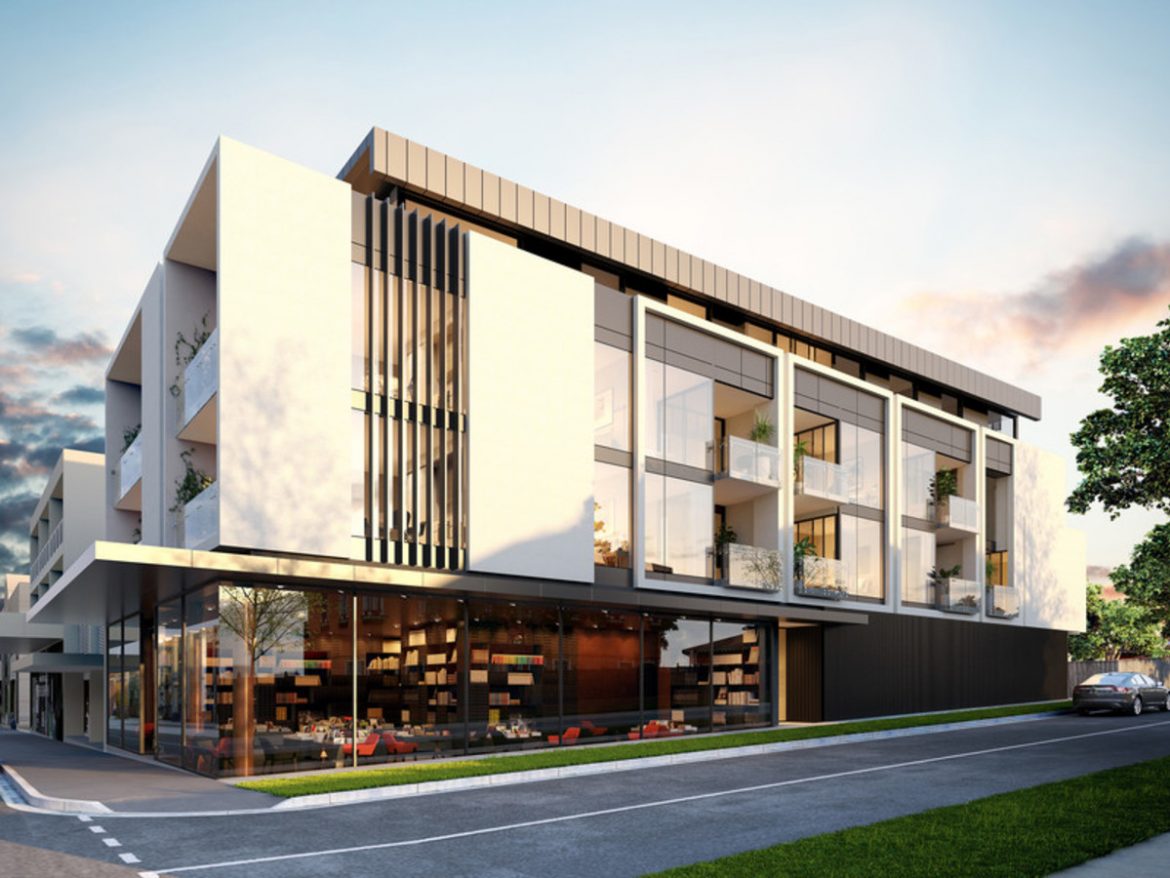From their interior decoration and the style of architecture to the layout of utility spaces such as the kitchen and bathroom, houses often reflect changes in society and this has never been more apparent than right now.
Set against the backdrop of massive changes brought on by the global health crisis, it’s clear that new home buyers are at the forefront of change when it comes to post-pandemic home design. From floorplans and the installation of additional safety and hygiene features to a new emphasis on more time spent at home, it’s clear that the homes of the future will be vastly different to those before.
While we’re still in the early phases, trends have started to emerge and the first big one, according to industry experts, is that liveability has never been more of a focus.
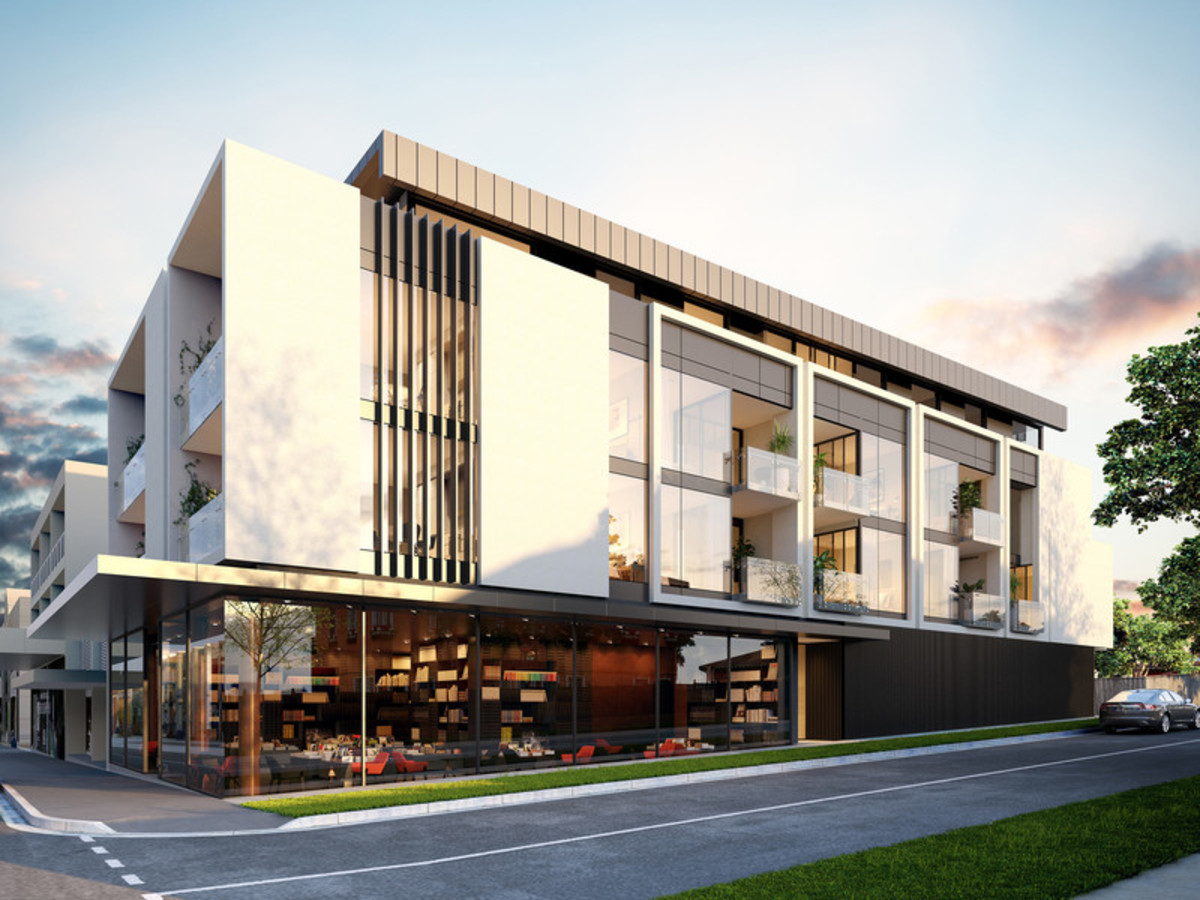
It’s likely that homes built in a post-COVID world will be vastly different to those before. Picture: realestate.com.au
While it’s true that owner-occupiers now represent a much larger part of the new home buyer market, it’s also apparent that established investors understand the need to create housing that’s comfortable, safe and convenient for the long-term benefit of its residents.
This has been driven by global market conditions due to COVID-19 and job security issues, explained David Milton, managing director of residential projects at CBRE.
“With the drop in volume, buyers now have more time to make a very considered approach to their property investment,” Mr Milton said.
Where once there was an ‘investment-grade’ style of home, tailored towards investors getting the most bang for their buck in the shortest amount of time, buyers now have more time to make better decisions around the liveability of a home, he explained.
“We were starting to see many more owner-occupiers in the market, even before the pandemic, but this has really ramped up lately. We’ve also found that the established investors, who are looking to buy amid COVID, also really care about facilities that are being considered and how the tenant will live for the long term.”
Michael Lang from Castran Gilbert said there has been around five years of growth in six months within the industry during the pandemic.
“We were always going to get there but COVID has accelerated things, including the need for everything to be online yesterday,” Mr Lang said.
“For people thinking that we’re going to get back to normal, there is no normal now – everyone has to adapt and it’s not a bad thing. Change is slow until it happens, I always say.”
Top 12 ‘wellness’ features new home buyers want
Post-COVID trends are still emerging, but the most desirable features in December and January 2019 show that new home buyers were already concerned with wellness and security, indicating that this will likely continue.
Here are the top five themes broken down:
1. Technology
Mr Milton said that while many apartment buildings will start to be geared towards swipe card access, with no need to push buttons or touch any of the common surfaces, technology inclusions will have to be cost-effective as this is one of the most important deciding factors for purchasers.
“We like to think that technology will allow us to live like we’re in a spy movie, but costs will need to be kept down,” he remarked.
Jayde Pezet, director at KM Sales & Marketing on the Gold Coast, said while automation and smart homes are popular topics, technology these days plays a big part in how safe people feel in a building.
With domestic travel set to be huge once state borders are relaxed, coupled with a predicted spike in enquiries from interstate residents wanting to make second homes further north, destinations like Queensland’s Gold Coast could be hotspots for holiday makers, which means many buildings will be grappling with keeping permanent residents safe while also being able to service short-stay tourists.
The creators of one of KM Gold Coast’s developments, Flow, have devised an online booking system, which is completely contact free and is aimed at maximising the usability of the building while keeping residents safe.
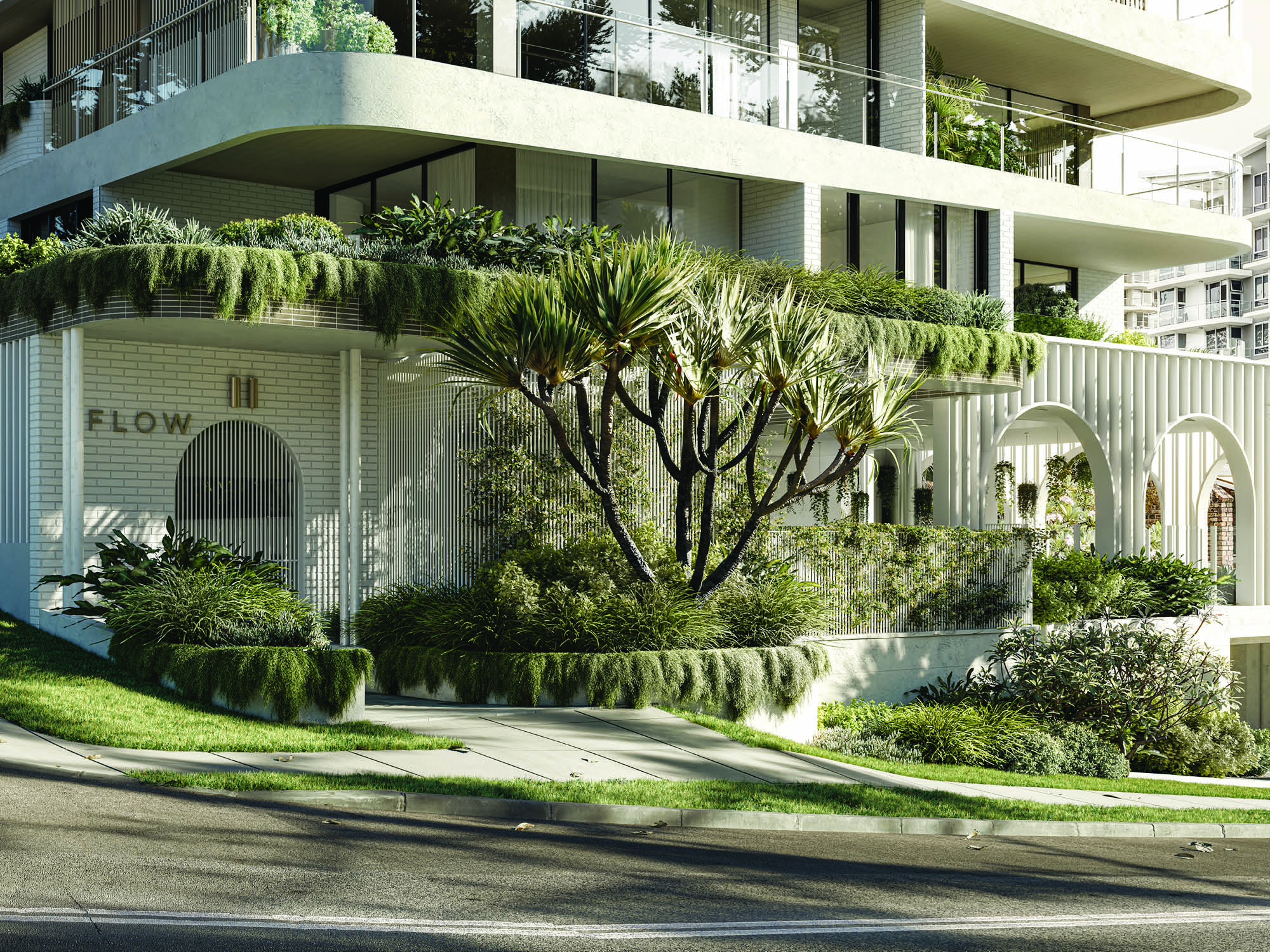
Flow is an apartment building designed to keep residents safe. Picture: realestate.com.au
2. Working from home
Mr Lang said buyers are, without a doubt, looking for quality spaces to work, a selling feature he thinks will only intensify.
“I’ve dubbed it the ‘Zoom Room’,” he said. “Back in the day, your study would be filled with encyclopaedias (that you didn’t need) and shelves filled with books and manuals, but this went out of fashion when people started working on laptops.
“Now they’ve come back in because we need to have a room that we’re doing a lot more concentrated work in.
“These are spaces where we can do a higher level of work, where you can attend meetings and not see clothes hanging up or dirty laundry. Buyers are looking for nice natural light in these spaces and a bit of quiet.”
Mr Milton added that in the smaller homes, where residents are content with working from the kitchen table, utility spaces can be added so that work equipment can be quickly and easily stowed away, making for a smarter, more flexible home.
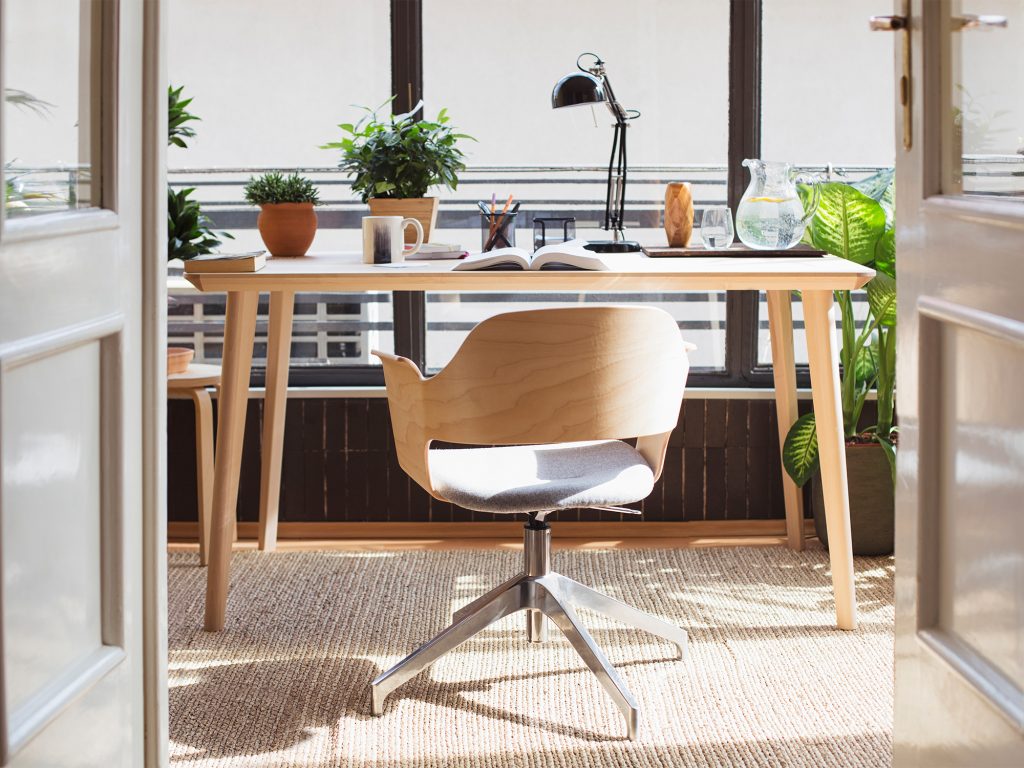
There’s a renewed priority for home offices and studies as more people work from home than ever before. Picture: Getty
3. Outdoor features
Wellness amenities were becoming more popular before COVID hit, according to Mr Lang, and there has been a steady move away from “bling” features, like pools and gyms, in favour of outside walking spaces.
“Pools and gyms were the bling that attracted buyers for a time, but soon they realised they weren’t using them that much and paying exorbitant amounts for them, and they were crowded,” he explained.
Especially in the time of COVID, where hygiene is important, people are less inclined to want to share gym equipment when they can just purchase their own, said Mr Lang.
Mr Milton added that balcony spaces, pleasant views and convenient locations are now more important to buyers as they consider the reality of needing to spend more time in their homes.
“Buyers will be drawn to things like a balcony with a view, that doesn’t suffer privacy issues from neighbours.”
Convenience and comfort are now the vital deciding factors for purchasers, according to Mr Milton.
4. Hygiene
If nothing else, 2020 has been a lesson in hygiene and the housing market is embracing this trend as residents try to maximise safety.
Mr Pezet says hygiene measures have become more stringent with developments embracing the use of beautiful sanitary devices in lifts and all common areas.
Especially in residences that cater to both long and short-term residents, he said the need to protect every resident and allow for sanitary habitation will become paramount.
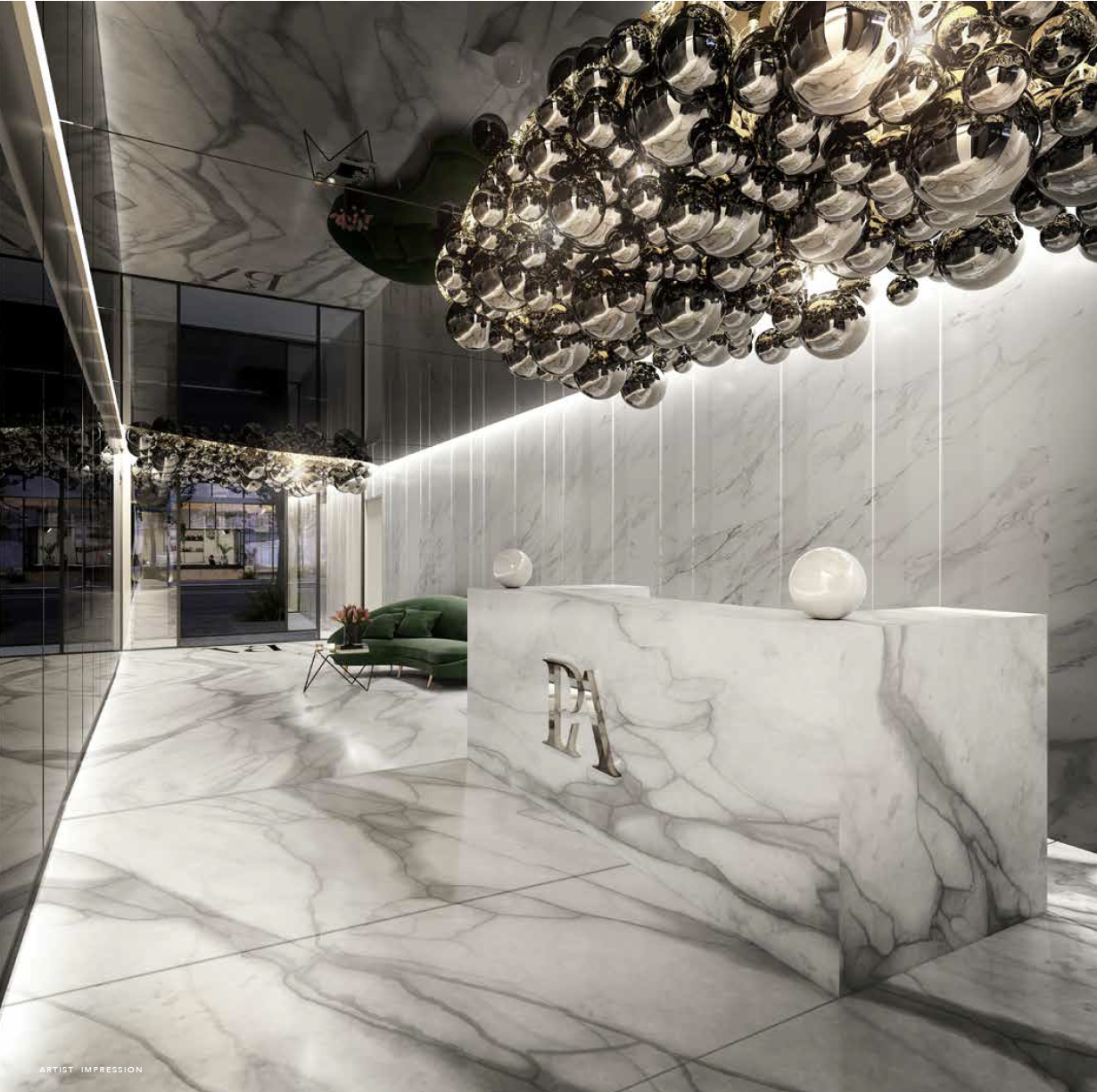
Housing developments of the future will enable residents to have contact-free delivery. Picture: Castran Gilbert
5. Shared amenities
Shared amenities are changing in the time of COVID-19, too, with cool rooms and storage for grocery deliveries, contact-free parcel drop off facilities and a commercial-grade business working space all becoming priorities for some buyers.
Mr Pezet said his company has recut floorplans on projects to turn third bedrooms and multi-purpose rooms into a home office that can house printers and other equipment. Even mini business centres are being incorporated into the common areas of new builds, similar to co-working spaces with high-level printing and photocopy facilities available for residents.
The post New home buyers are changing the face of future housing developments appeared first on realestate.com.au.

